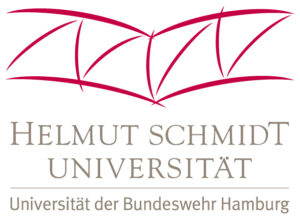The aim of this project is to numerically model microbial activity at interfaces between different materials in the deep subsurface. Since such interfaces usually connect two regions with very different hydraulic and mineral properties, the resulting flow patterns, the prevailing transport mechanisms or the distribution of chemical species can have far-reaching consequences for microbial activity. Using two examples – one natural and one technical – numerical models will be used to determine the prerequisites and relevant mechanisms of the microbial processes under consideration. Numerical simulations atthe millimetre scale (with pore-network models) and at the metre scale will be carried out for both examples. The numerical models required for further research will be developed and tested as part of the IFF project.

Mechanism for accumulation and persistence of biomass in the deep subsurface at
the shale–sandstone interface.
Funding: Internal research funding (Interne Forschungsförderung, IFF) of HSU; 01.10.2022 – 30.06.2024
Researcher: Emna Mejri; PI: Anozie Ebigbo
Project partners: Simon Gregory (British Geological Survey, UK), Chao-Zhong Qin (Chongqing University, China)
Project-related presentations:
- Mejri, E.: Numerical Modeling of Microbially Induced Calcite Precipitation at Sandstone-Cement Interface. Poster presenation at Computational Methods in Water Resources conference, October 2024, Tucson, Arizona.

Letzte Änderung: 4. October 2024